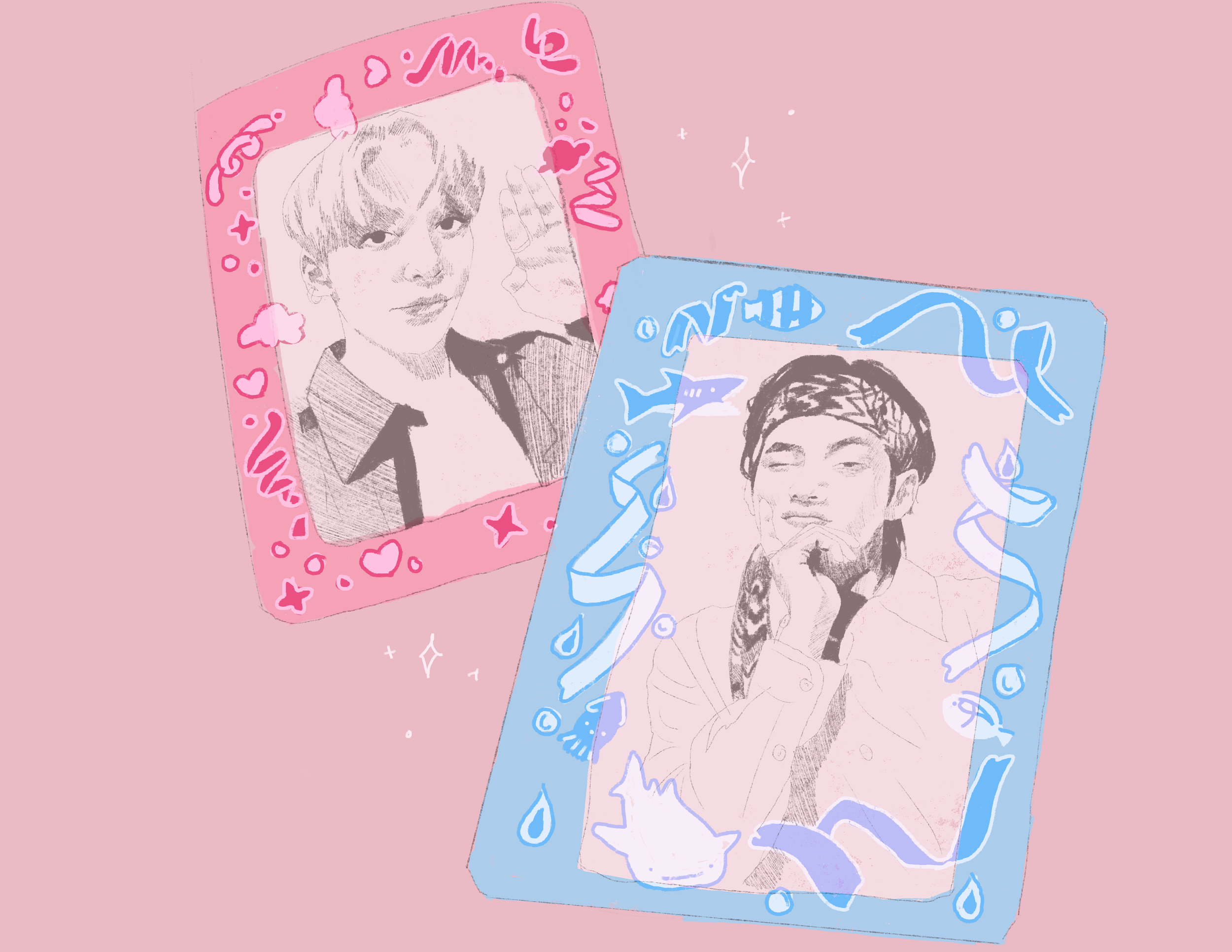Kpop’s Role in the Climate Crisis
It would be extremely difficult to not have noticed the quickly rising popularity of K-pop by now. At this point, it’s no longer only the twitter addicted teens girls buzzing about it, it’s the whole world — not by any mistake of course. The industry produces the catchiest songs, along with stunning visuals in music and performance videos, plus incredible album photobooks and artwork. The genre also brings forward some of the greatest numbers and craziest records in the music industry ever thanks to the extremely dedicated fan bases. The major companies producing these artists and groups have perfected the art of making every product a must buy creating millions of avid collectors worldwide. The whirlwind surrounding these artists is intriguing and I am hoping to share some knowledge regarding how much different aspects of the K-pop industry affect the climate crisis that I was unaware of when I first dove into the genre myself.
Starting off with streaming, a large portion of K-pop fans are all about the numbers including Youtube views and all streaming platforms. If it means that fans can say their favourite artists are better than the rest, work will be put in so that they’ll top the charts. Often, right after a new release, streaming parties will be organised with the goal of having as many views and streams as possible. While this is great for the artists, it is important to keep in mind that streaming has a carbon footprint. Video streaming has a greater impact with one hour of watching equating to emitting nearly 100 milligrams of carbon dioxide compared to an hour of music streaming emitting about 55 milligrams. Of course the numbers are not enormous but when you think about the added impact just so that numbers can be inflated rather than the content actually be enjoyed, the question on my mind is if it’s even worth it. Thankfully, many companies have pledged to update their infrastructure so that in the near future streaming will be greener and charting can be achieved with a clear conscience.
Physical albums are in my opinion an increasingly large issue in this industry. It is more common for a K-pop album to have at least four versions than for it to just have one. Each album will have different pictures and concepts, as well as usually different formats, packaging, and inclusions. So of course, many fans will buy as many versions as they possibly can to collect them all. Another big sell point for purchasing multiple albums is that they will come with a photocard (which is usually a cute selfie of a group member) or even five, but these are completely random in each album and often different between the versions. This leads to buying many albums for the greater chance of being able to collect all the cards for one’s favourite group member. Photocards are in a whole other league of their own though. Finding the ‘rarer’ ones selling for hundreds of dollars on eBay is not uncommon and purchasing just a photocard alone is often the same price as buying a copy of the album sealed. With all of this, keep in mind that K-pop artists often release around four singles, EPs or albums each year, each of which will most definitely have a physical album and a handful of events to accompany it.
The final physical album sell point I want to highlight here are fan signs. A fan sign is an event where fans can purchase albums to be entered into a lottery for the chance to meet the artist or group and be able to talk to them as well as have an album signed by each member. To ensure a spot at the event, hundreds upon hundreds of albums often have to be bought and the more popular the group, the more albums will need to be purchased. Since nobody needs 200 copies of the same album, many of them will end up in the garbage or donated to schools and charity shops where they take up shelf space and are later also discarded. Hopefully, companies can find a less wasteful and impactful way of holding these events for the fans while boosting their sales.
I can’t say I’m above any of the industry's gimmicks that blatantly aim for over-consumption. I have bought all versions of an album because they had different photoshoots in the album booklets. I’ve even bought albums that had everything the same between the two versions, but one had a different cover photo and was labelled as a limited edition. I have tried collecting all photocards of the group member I liked, and I have joined a fan sign event and spent too much money to ask her a question and get a photo signed by her and addressed by me. Looking back now I can’t say I would do many of the same things if I was trying to limit my ecological footprint as much as I am now, but I can’t say I wouldn’t fall for the schemes again. It is very difficult to avoid the urge to collect everything related to the things that bring you joy. But regardless of the item, think about what you’re doing to do with it once the joy of purchasing and unboxing subsides. If the six albums are going to sit in your closet and never be played, is it really worth it?
Illustration by Valerie Letts

